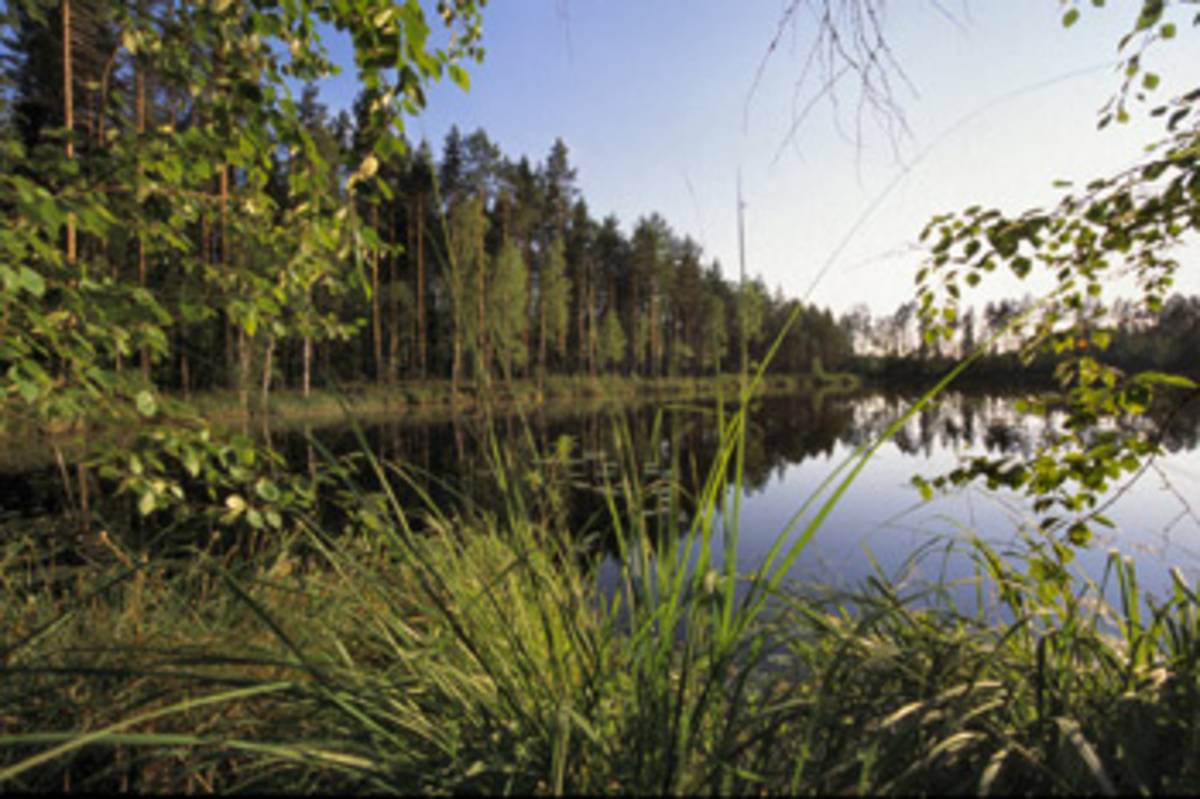Overview
The UN 2004 Millennium Ecosystem Assessment defined Ecosystem Services as “the benefits people derive from Ecosystems”.
The assessment grouped ecosystem services into four broad categories:
- provisioning, such as the production of food and water;
- regulating, such as the control of climate and disease;
- supporting, such as nutrient cycles and crop pollination; and
- cultural, such as spiritual and recreational benefits.

Ecosystem services constitute the physical link between ecological systems and human economies. With the conversion of natural ecosystems to other forms of land use, the total flow of services in a region is, sometimes irrevocably, altered.
Spatially explicit information about ecosystem service is generally derived from classical land-use maps, where the dominant ecosystem service (e.g. crops, timber, recreational natural system) is shown, but the many ecosystem services simultaneously delivered at the same site are ignored.
There is therefore an urgent need to upgrade the knowledge basis of land-use information and mapping to reflect the existing knowledge about ecosystem services and their social and economic values to better inform policy design and decision making processes. In addition, the increased availability of other spatial datasets allows a more direct quantification of some ecosystem services.
Demand for spatially explicit quantitative information about ecosystem services and their management is rapidly increasing at European and Member State level government dealing with the implementation of biodiversity action plans, Natura2000 and the related agricultural, forestry and economic development policies. The European Commission has recently made this demand quite explicit in the Communication(2010) 4 Final, January 19th, 2010, and the European Council has committed (26/03/2010) to the post-2010 target of halting the loss of biodiversity and the degradation of ecosystem services in the EU by 2020, and restoring them in so far as feasible, while stepping up the EU contribution to averting global biodiversity loss.
The PRESS project has been designed to deliver innovative scientific research products with immediate policy relevance. It also meant to facilitate interaction with national and European stakeholders from all relevant policy domains, by delivering the products in time and connected to the agenda of the policy process.
The project began in March 2010, with the constitution of a project group consisting of experts of all PEER member institutes. A workshop for Work Package Policy Analysis took place in spring 2010. The first results have been shared with EU DG Environment as input for its process of Post 2010 Biodiversity & Ecosystem Services Target setting. The first year has been concluded with a synthesis workshop, presenting results to PEER partners, other network partners and stakeholders across Europe.
The PEER Reports 3 and 4: A spatial assessment of ecosystem services in Europe: Methods, case studies and policy analysis have been respectively published in September 2011 and September 2012.
The final results have been presented to an international panel of experts which helps DG Environment of the European Commission with the implementation of the EU Biodiversity Strategy to 2020.
Research input from PEER supports the preparation of the post-2010 Biodiversity Action Plan and the policy process in its implementation by interfacing national and EU levels, as well as the EU position in the Convention on Biological Diversity (CBD).
Links:
Interview to the project coordinators G. Bidoglio and L. Braat